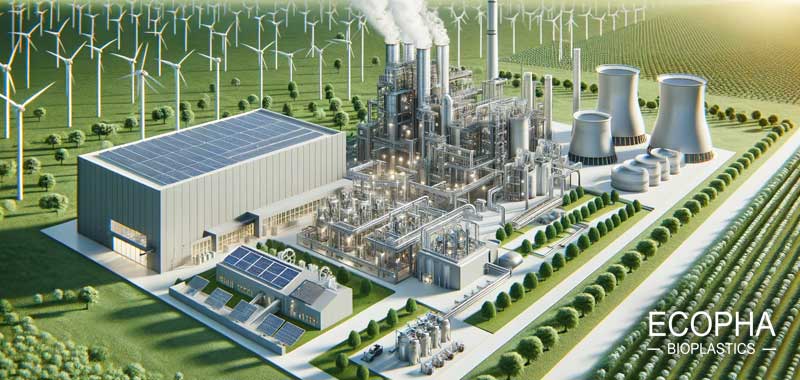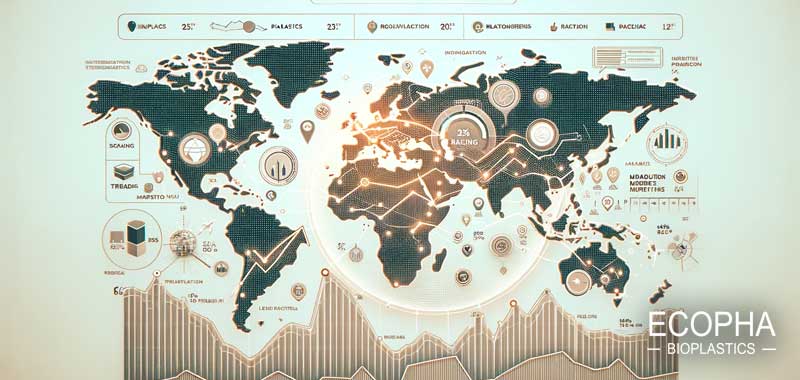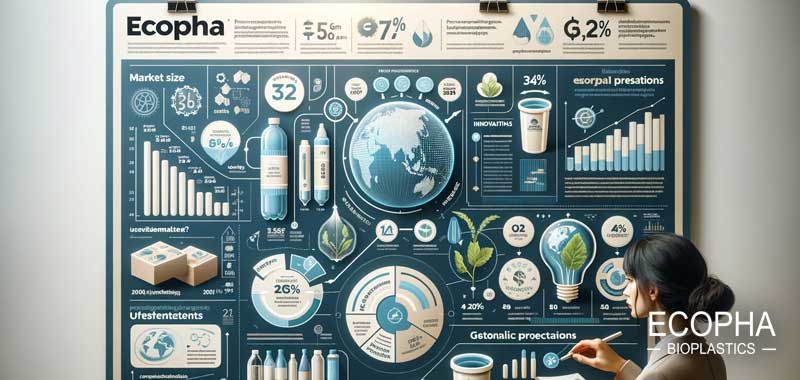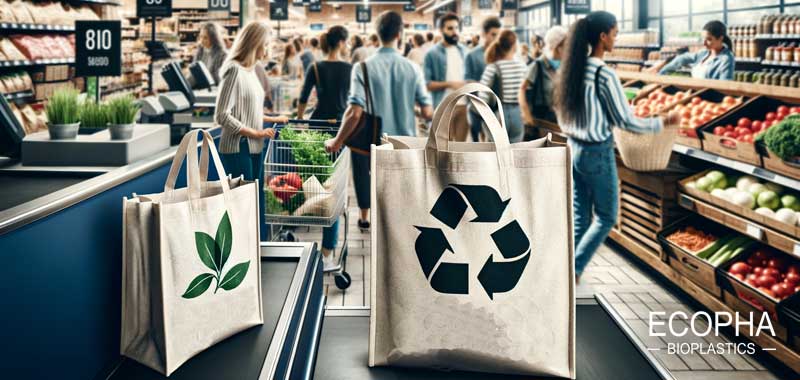Nature's Ingenuity: Materials Powering Bioplastics
Delve into the diverse and eco-friendly materials used in bioplastic production, showcasing Ecopha's commitment to sustainability.
Ecopha’s ‘Materials Used in Bioplastics’ page offers a detailed exploration of the various natural and sustainable materials that form the basis of our bioplastic products. This section is designed to educate visitors on the renewable, plant-based sources and other bio-derivatives used in bioplastic manufacturing.
Highlighting materials such as corn starch, sugarcane, and cellulose, we discuss their properties, sourcing, and how they are transformed into bioplastics. The content emphasizes the environmental advantages of these materials, including their renewability and reduced carbon footprint compared to traditional petroleum-based plastics.
Store events
Features Highlight
Diverse Range of Bioplastic Materials, Renewable and Eco-Friendly Sourcing
Overview
The Building Blocks of Bioplastics: Sustainable and Renewable
Advantages & Benefits
Promoting Environmental Sustainability, Reducing Dependence on Fossil Fuels
Our focus also extends to emerging materials and innovations in bioplastic production, underscoring Ecopha’s role in pioneering the use of sustainable and eco-friendly materials. This section serves as a testament to our dedication to pushing the boundaries in sustainable material science and our commitment to a greener, more sustainable future.
FAQs
What are the primary materials used in bioplastics?
Common materials include plant-based starches, cellulose, and other bio-derivatives.
Why choose bioplastic materials over traditional plastics?
Bioplastics offer environmental benefits like biodegradability and reduced carbon emissions.
Are bioplastic materials as durable as traditional plastics?
Yes, they are designed to match or exceed the performance of conventional plastics.













